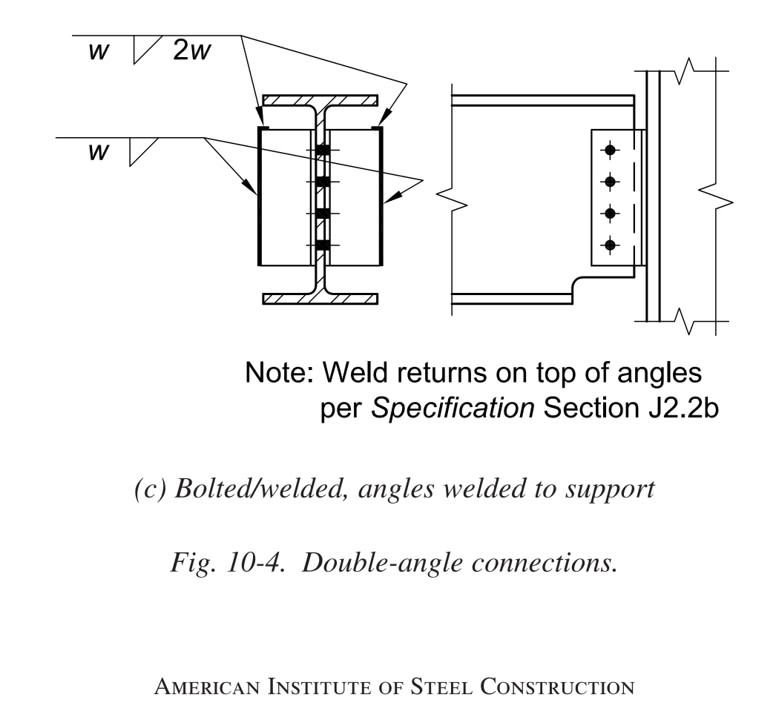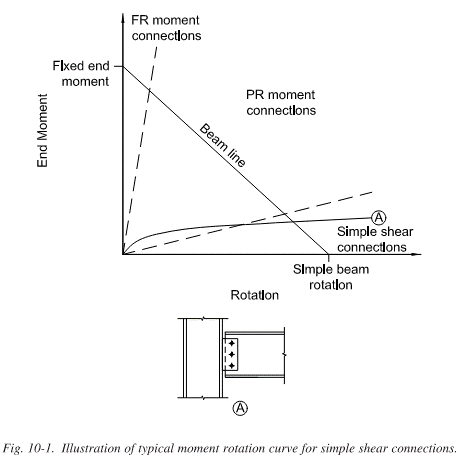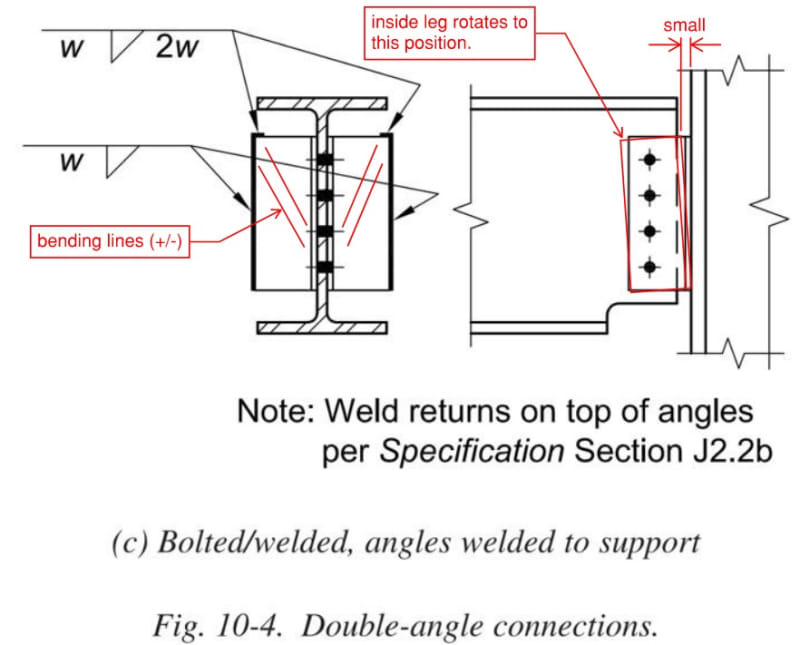Arnab Mukherjee
Structural
I am Designing a Plate girder, with hinged ends (shear force only - No moment transfer) This plate girder is connected to the face plate of RCC beams at the ends. The connection is done with fillet welding on the web only. the flange is discontinued 25mm from the support. The basic concept being that the flange takes moment, and no flange at the end means no moment-(only shear).
Are there chances that in spite of this, the web will take some fixed end moment and transfer the same to the supports?
Kindly let me have your comments.
Thanks
Are there chances that in spite of this, the web will take some fixed end moment and transfer the same to the supports?
Kindly let me have your comments.
Thanks



